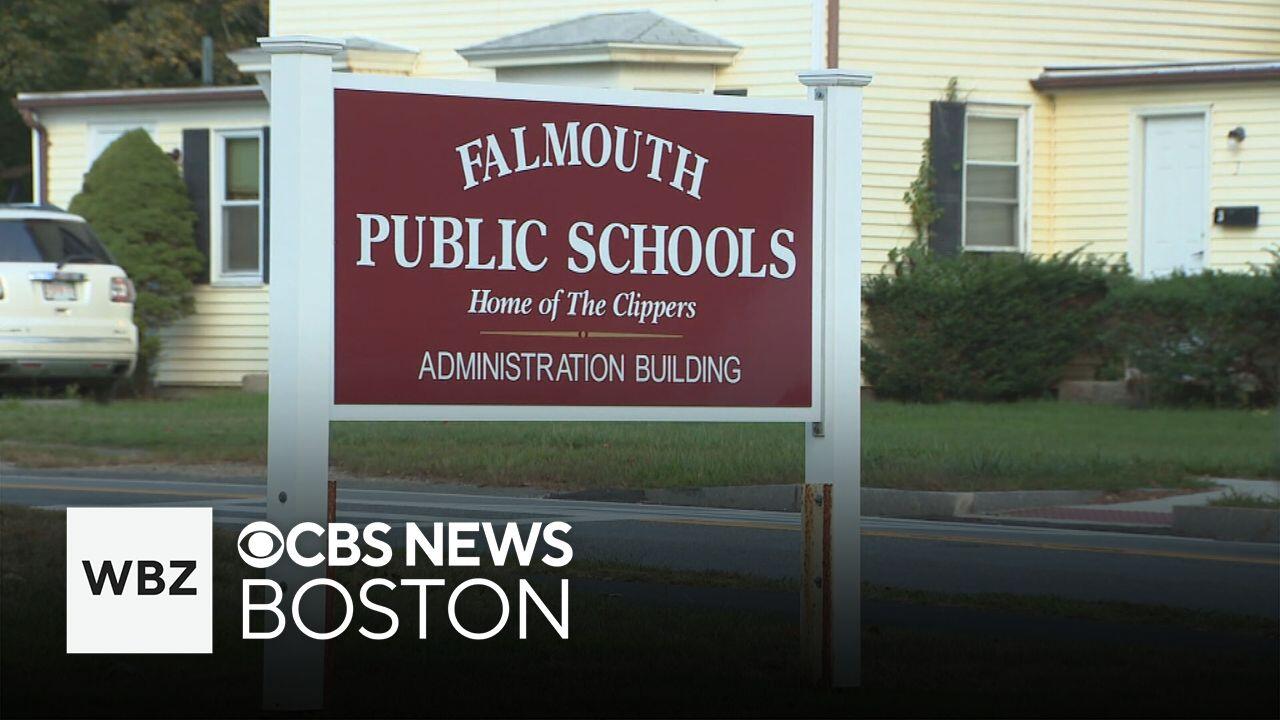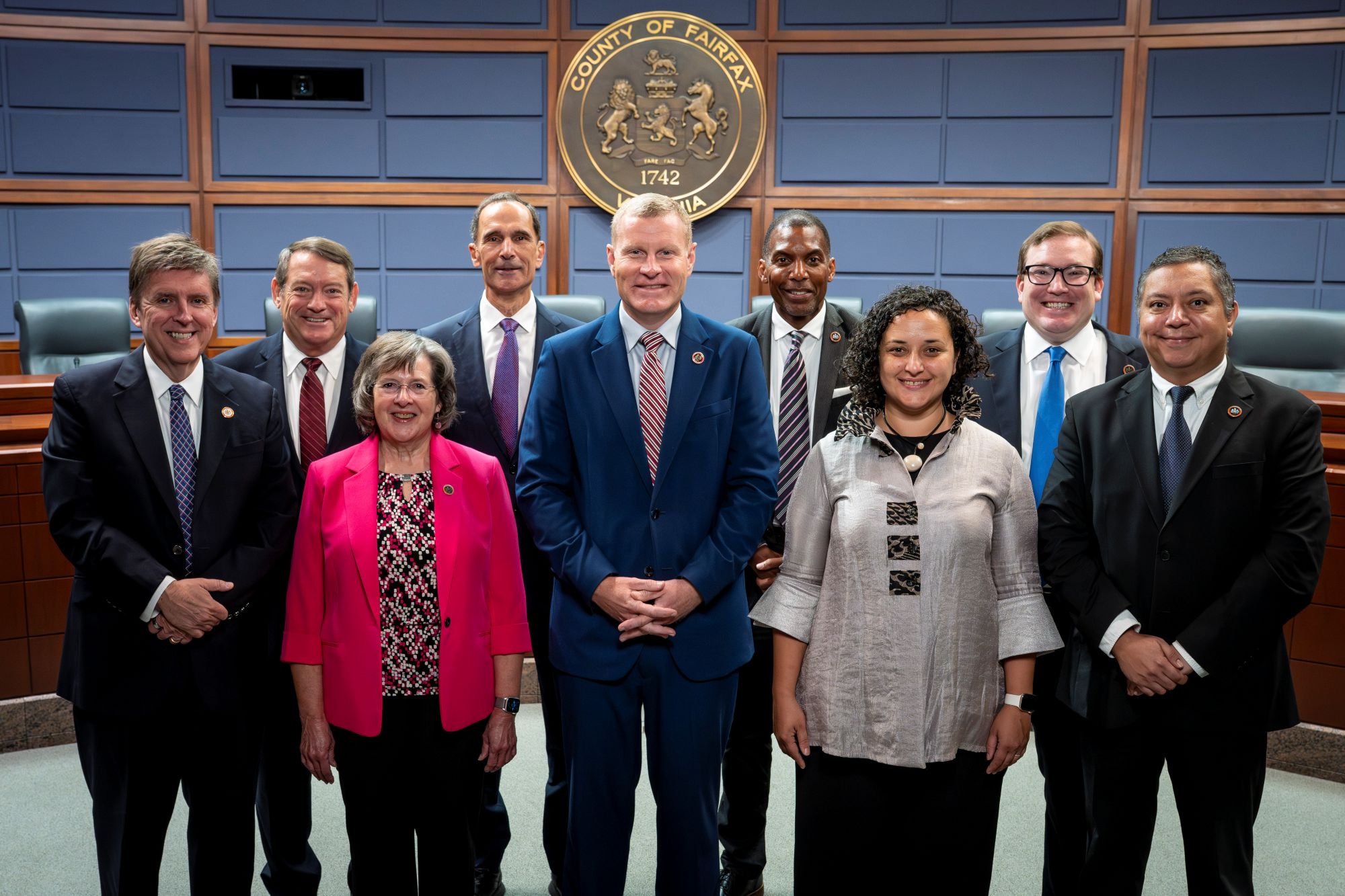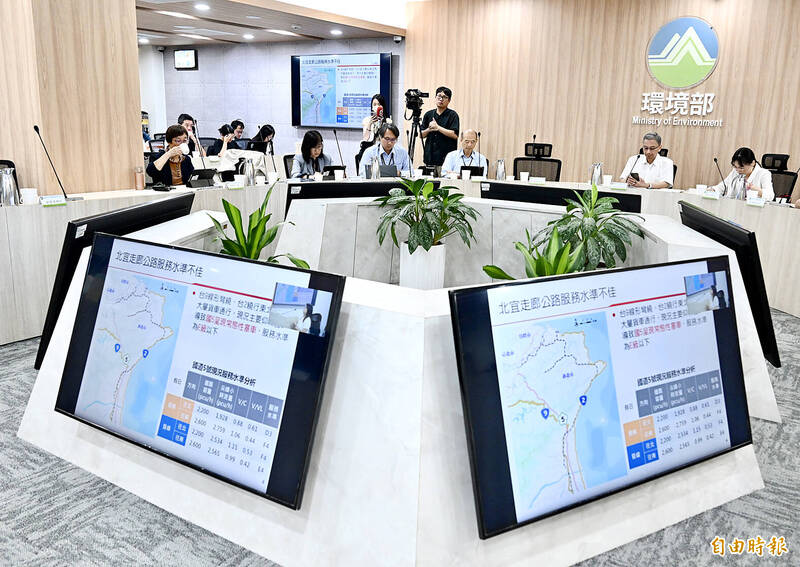Maryland Initiative for Sustainable Energy in Public Schools: A Report on SDG Alignment
Executive Summary
The State of Maryland has announced a $36 million grant allocation to assist local school districts in expanding clean energy systems and adopting energy efficiency technologies. This funding, sourced from the Maryland Strategic Energy Investment Fund, represents a significant commitment to achieving multiple United Nations Sustainable Development Goals (SDGs). The initiative aims to reduce emissions and operational costs, thereby redirecting financial resources toward educational priorities and advancing climate action.
The Decarbonizing Public Schools Program and SDG Impact
The Maryland Energy Administration’s Decarbonizing Public Schools Program is central to this effort. Now in its third year, the program facilitates a wide range of projects designed to modernize K-12 public school infrastructure in alignment with global sustainability targets.
Primary Objectives
- Reduce overall energy consumption in public school facilities.
- Manage energy data to optimize performance and savings.
- Cut greenhouse gas emissions, directly contributing to SDG 13 (Climate Action).
- Support the design and construction of next-generation, high-performance schools.
Alignment with Key Sustainable Development Goals
- SDG 7: Affordable and Clean Energy: The program’s core mission is to fund the transition to clean energy and improve energy efficiency in public buildings, making energy systems more sustainable and affordable.
- SDG 4: Quality Education: Energy is the second-largest expense for school districts. By lowering these costs, the initiative allows for the reallocation of funds to essential educational resources, directly supporting the goal of quality education for all.
- SDG 11: Sustainable Cities and Communities: Investing in the energy performance of public schools enhances the sustainability and resilience of community infrastructure, making communities safer and more environmentally responsible.
Broader State Commitments to Sustainability
This investment is part of a comprehensive state-level strategy to address environmental challenges and promote sustainable development. Other recent actions underscore Maryland’s commitment to the SDGs.
- Water Quality and Ecosystem Restoration: A $340 million agreement concerning the Conowingo Dam will fund projects to restore water quality in the Chesapeake Bay, advancing SDG 6 (Clean Water and Sanitation) and SDG 14 (Life Below Water).
- Local Government Modernization: The state has allocated $64 million for the Local Government Energy Modernization Program, empowering counties and municipalities to pursue clean energy projects that support SDG 7 and SDG 11 at the local level.
- Partnerships for the Goals: These initiatives demonstrate a multi-level governance approach, fostering collaboration between state agencies, local governments, and the private sector, which is fundamental to SDG 17 (Partnerships for the Goals).
Analysis of Sustainable Development Goals in the Article
-
Which SDGs are addressed or connected to the issues highlighted in the article?
The article highlights issues and initiatives that connect to several Sustainable Development Goals (SDGs). The primary focus on clean energy in public schools directly and indirectly impacts goals related to education, energy, sustainable communities, and climate action.
- SDG 4: Quality Education: The article explicitly links energy cost savings to educational funding. By reducing energy expenses, which are the “second-largest expense for school districts,” the initiative allows “more resources to be directed toward education.”
- SDG 7: Affordable and Clean Energy: The core of the initiative is to “expand clean energy systems and adopt cost-saving energy efficiency technologies.” The stated goal is to make energy “more efficient, more affordable, and more sustainable,” which directly aligns with this SDG.
- SDG 11: Sustainable Cities and Communities: The program targets public infrastructure (K-12 schools) within local communities. By funding projects that “reduce energy consumption” and “cut emissions,” it helps create more sustainable community buildings and reduces their environmental impact.
- SDG 13: Climate Action: The initiative is a direct climate mitigation effort. The “Decarbonizing Public Schools Program” is funded by proceeds from “greenhouse gas-emissions auctions” and has a primary objective to “cut emissions,” thereby addressing climate change at a state and local level.
-
What specific targets under those SDGs can be identified based on the article’s content?
The article’s details about the program’s objectives and actions correspond to specific targets within the identified SDGs.
- Target 4.a (under SDG 4): “Build and upgrade education facilities that are child, disability and gender sensitive and provide safe, non-violent, inclusive and effective learning environments for all.” The program’s aim to “design the next generation of high-performance schools” directly relates to upgrading education facilities to be more sustainable and efficient, contributing to an improved learning environment.
- Target 7.2 (under SDG 7): “By 2030, increase substantially the share of renewable energy in the global energy mix.” The program funds “clean energy projects” in schools, which contributes to increasing the share of renewable and clean energy.
- Target 7.3 (under SDG 7): “By 2030, double the global rate of improvement in energy efficiency.” The program’s focus on helping districts “reduce energy consumption” and funding a “wide range of energy efficiency… projects” directly supports this target.
- Target 11.6 (under SDG 11): “By 2030, reduce the adverse per capita environmental impact of cities, including by paying special attention to air quality and municipal and other waste management.” By aiming to “cut emissions” from public schools, the program works to reduce the adverse environmental impact of these community buildings.
- Target 13.2 (under SDG 13): “Integrate climate change measures into national policies, strategies and planning.” The “Decarbonizing Public Schools Program” is a clear example of a state-level strategy that integrates climate change mitigation measures (decarbonization, emission reduction) into public sector planning and investment.
-
Are there any indicators mentioned or implied in the article that can be used to measure progress towards the identified targets?
The article mentions several quantitative and qualitative indicators that can be used to track progress towards the identified targets.
- Indicator for Target 4.a: The article implies a financial indicator: the amount of money saved on energy costs that is reallocated to education. Gov. Moore states, “Every dollar we invest to improve energy performance in schools helps us save money and direct more resources toward our children’s education.” This reallocation of funds is a measurable outcome.
- Indicator for Target 7.2 & 7.3: The primary indicator is the investment amount dedicated to these goals, specifically the “$36 million in grant funding” for clean energy and energy efficiency projects in schools. Progress could also be measured by the reduction in energy consumption in participating schools.
- Indicator for Target 11.6 & 13.2: A key performance indicator is the reduction in greenhouse gas emissions. The program’s goal to “cut emissions” is a direct, measurable indicator of progress. The funding mechanism itself, which reinvests proceeds from “greenhouse gas-emissions auctions,” serves as an indicator of a policy designed to price and reduce carbon emissions.
Summary of Findings
| SDGs | Targets | Indicators |
|---|---|---|
| SDG 4: Quality Education | Target 4.a: Build and upgrade education facilities to provide effective learning environments. | Financial resources saved from energy costs and redirected towards education. |
| SDG 7: Affordable and Clean Energy | Target 7.2: Increase the share of renewable energy. Target 7.3: Double the rate of improvement in energy efficiency. |
$36 million in grant funding for clean energy and efficiency projects; reduction in energy consumption in schools. |
| SDG 11: Sustainable Cities and Communities | Target 11.6: Reduce the adverse per capita environmental impact of cities. | Reduction in emissions from public school buildings. |
| SDG 13: Climate Action | Target 13.2: Integrate climate change measures into policies, strategies, and planning. | Implementation of the “Decarbonizing Public Schools Program”; measured reduction in greenhouse gas emissions from participating schools. |
Source: cbsnews.com






